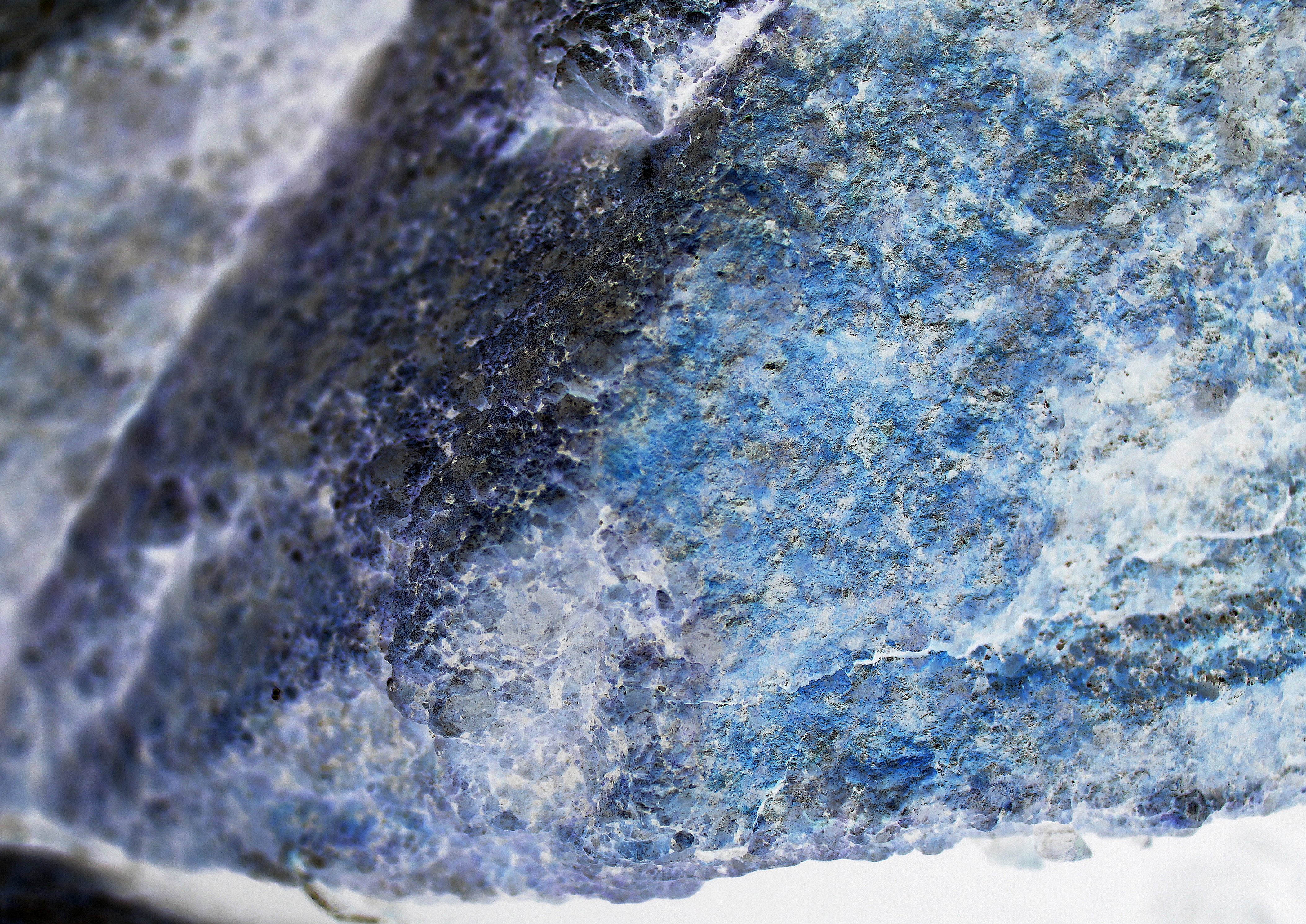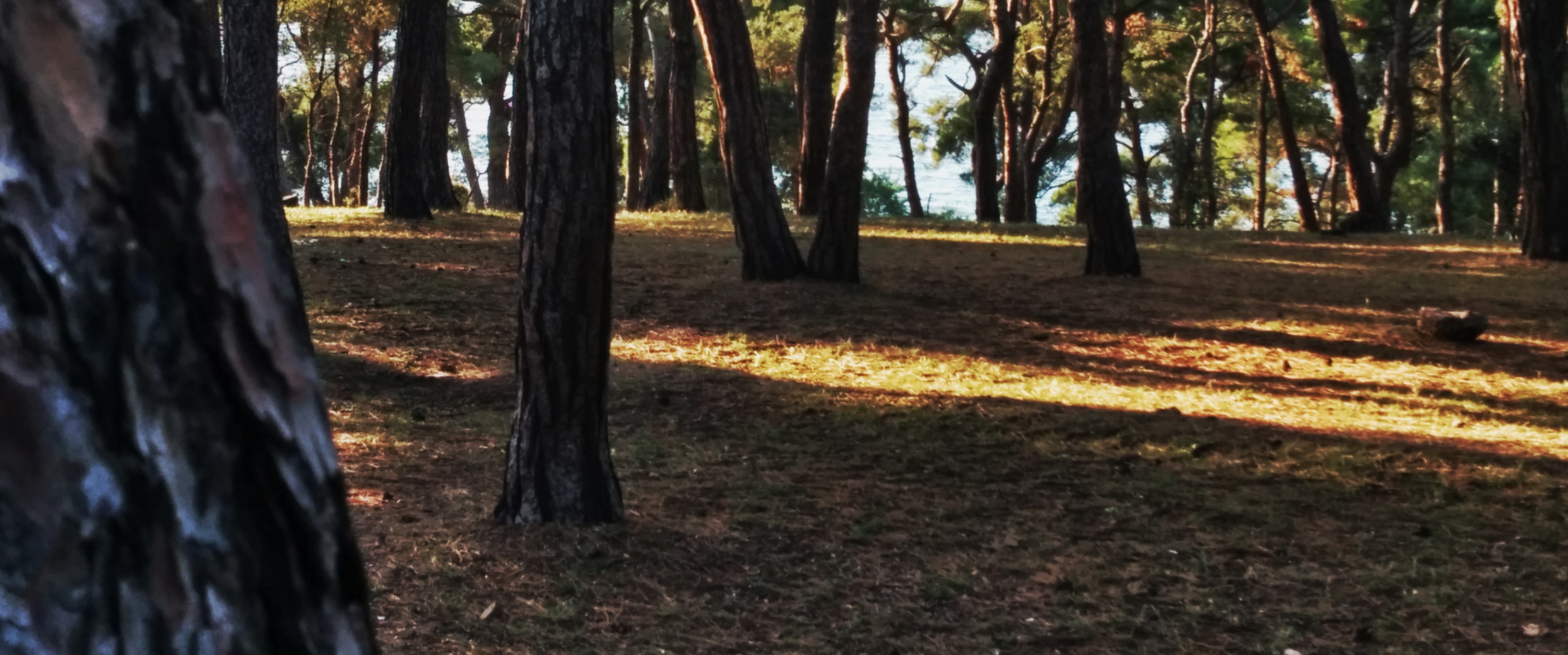The title of Caits Meissner’s second book of poetry, Let It Die Hungry, conjures up images of a mother’s wizened breast, taunting the open mouth of her famished child. In reality, Meissner’s sensual collection of poems, notes, drawings and writing prompts leave us full, satiated, and even empowered by life’s deepest shames and taboos.
Sensuality and eroticism are continuous themes throughout her collection. Meissner’s poems burrow into the layers of our sexual desires, examining how they haunt, puzzle and liberate us. In Little Pleasure she bravely takes on the sometimes exhilarating, often embarrassing, early flutters of sexual awakening:
Down the shore,
two young siblings
wrestle, writhing
until they buzz
deep sugar below
the belly button.
Shells stack into towns
for the waves to lap up.
My first eruption came
when I was four years old
rubbing against the beak
of a stuffed penguin.
then, two cousins
removing our suits
shyly curious about
each other’s caves.
Her renderings of adult sex are no less barefaced. In notes on pain, she writes:
In his bathroom mirror, I’d wipe the shower-breath from the surface to see who I’d become.
She goes on to describe,
It seemed to be an explanation for his behavior, why he wanted to share the dark sexual experiences with me, too, taking me to a scat club, where guests were able to pick out a log of stranger’s feces to have their way with…
Her poems also delve into the complexities and private confessions of grief and the way humans attempt to make sense of loss. In the abyss, Meissner depicts a woman, Omotayo, who “drowned herself in the Hudson River” and shares the various grieving stages she enters to cope. The second stage, titled: Coping Part Two: The Author Relates to the Girl’s Ghost has the author revealing her own suicidal fantasies:
Here is truth blunt as a noseless shotgun: I have, too
brushed fingers against the lips of that quiet world.
Fantasized the smack of a city bus against limbs,
or submerged where all sound is muffled like cotton.
Meissner’s willingness to investigate her darkness, to reveal the ugliness we keep hidden from others, to even acknowledge its existence, speaks to the messiness of our rage, impulses, and covert desires. In notes on pain, she depicts what we infer to be a miscarriage, and describes how her unborn child back could be absorbed back inside of her:
In some way once, a seed of me had really wanted to die, too. The toilet water rouged red. As the blood thinned dispersing under water, a clot, darker than the rest rose to surface. If there has been a tiny face on the mass of tissue, it wasn’t seen. It was a mystery, what compelled the scoop, the quick of swallow. Later I threw it up and buried it in the backyard, picked apart and tucked between tissues in an old ring box lined with faux velvet. Whatever it was, a flake of uterus or the beginning of a beating heart, it wasn’t for me, it belonged to the earth.
While Let It Die Hungry certainly enters dark and haunting territory, there are moments of levity where she pokes fun at her own “chameleon-like” sadness, often engaging in the delights of life.
In 59th street on the L train, 2015, Meissner depicts the all-too-familiar New York City experience of being on a packed train, singularly focused on getting home and being met with the raucous sounds of wayward teens. Meissner observes a potentially tense exchange: a gaggle of young Latino teens interact with an older white woman, who questions the logo on the leader’s shirt. You can almost feel the passengers tense up, sensing a confrontation. What follows is a sweet and funny exchange, a collective sigh of relief. I was reminded of the way New York can pull you back in, just when you think you’ve reached your breaking point.
Interwoven between Meissner’s striking poems are four writing prompts divided into headers: Good vs. Evil, Rigid vs. Mutable, Nature vs. Nurture, and Necessary Destruction and Shape Shifting Desires. In the Good vs. Evil section, prompts include inquiries into the “Shadow Self” a Jungian school of thought that describes the “unconscious aspect of the personality which the conscious ego does not identify in itself.” Meissner asks the reader to journal on the following:
The self I present to the world (the parts of myself I think are good, worthy and acceptable):
The self I actively hide from the world (things I am embarrassed by or not proud of):
The secret self that I catch only glimpses of (shame, secrets, thoughts/actions that catch me by surprise):
The prompts turn the focus of the text away from the writer’s psyche, and invite the reader to explore her own. In another prompt, Rigid vs. Mutable, Meissner asks us to explore our personal convictions in a deeper way:
What are the difficult beliefs about myself that I cannot seem to shed, no matter how hard I try? Conversely, what are the beautiful beliefs about myself that no one can tell me otherwise?
A final prompt within Rigid vs. Mutable encourages the reader to write their own poem based on guiding questions such as: what will you bend for? What won’t you? How do you change and shape shift, what are the masks you wear?
In this way, Let It Die Hungry uses the author as the conduit to discover and acknowledge personal pain and revelations. Let it Die Hungry is not just a passive read (though it certainly can be that, too) but is a call to action, an invitation to create. A choice, ultimately, left up to the reader.
The unique format is enhanced by Meissner’s lively, feminist, quirky drawings. With echoes of 60s and 70s activist, anarchist posters, Meissner’s artwork is playful, haunting, sensual and childlike; a secret passage to a world where patriarchal systems have long been dismantled; where half-giraffe/half-women parade the grounds chin up, big smiles, long lashes; where two friends can share their love for one another while admitting the things they believe are the very worst parts of themselves.
Nearly always, Meissner’s artwork intertwines with her poetry. Such is the case in the homegirl manifesto; an image of a woman – half tattooed-punk/half-mermaid throwing up her middle finger manages to convey a delightful don’t-mess-with-me-ness. The accompanying poem reads:
BECAUSE
we twist spine
we pool bruise
we fish tail
& top spin
We curse sailors
& sing saints,
spit rainbows
on the pavement.
In many ways, Let It Die Hungry is a continuous, coming-of-age compilation. It’s the story of Meissner’s evolution and her inextricable link to all the people she is connected to; her family, past lovers, friends, strangers, students. It’s an articulated perpetual desire to make sense of what can’t be fully understood.
In an age of humble bragging, viral narcissism and false modesty, it’s invigorating to be in the presence of true vulnerability. Sometimes it’s expressed as timidity or hesitation, but always it reveals another layer of unexamined darkness. Other times, these revelations are brazen, even proud, acceptances of the weird, unexplainable, tricky nuances of human behavior. Let It Die Hungry is a daring call for self-acceptance, an invitation to feast on our true selves, and to live fully.
Jahan Mantin is a media maker and the co-founder of Project Inkblot, a strategy consultancy. Prior to Project Inkblot, Jahan co-founded Culturefphiles; an arts and social impact online publication featuring cutting edge artists including Yemini photographer Boushra Almutawakel, and author and food activist, Bryant Terry. She’s a former employee of Time Out New York and was the Associate Editor for Beyond Race Magazine. A world traveler and native New Yorker, Jahan currently resides in Brooklyn.




